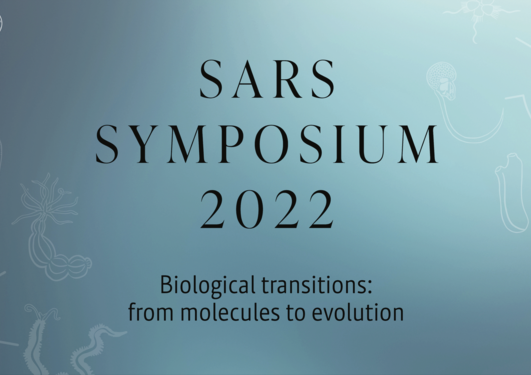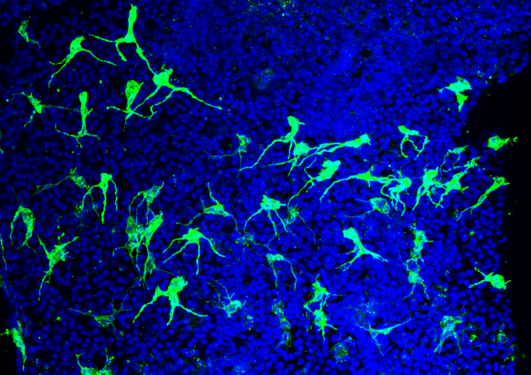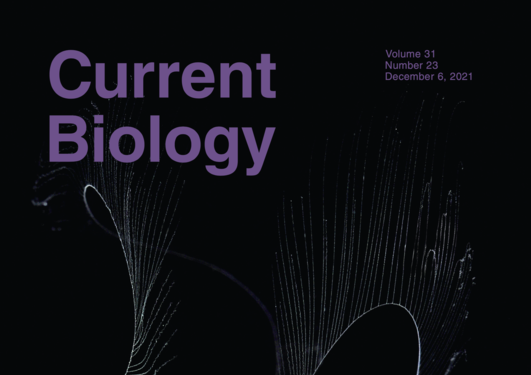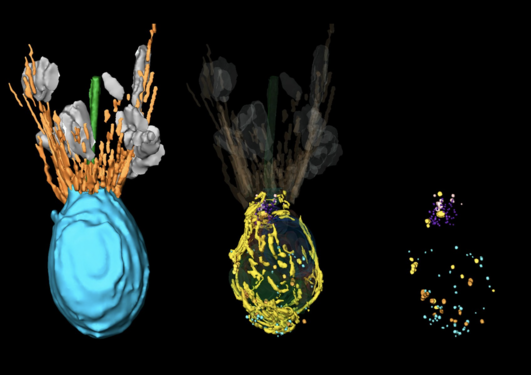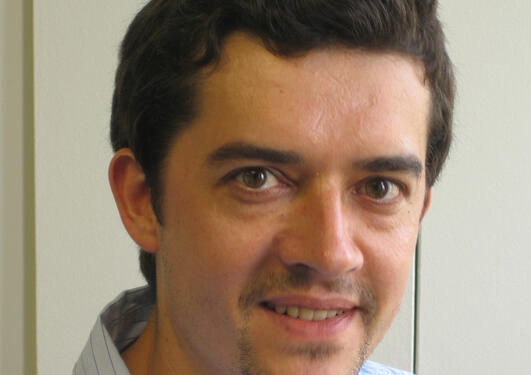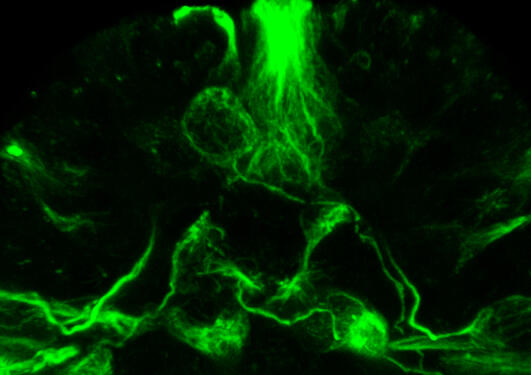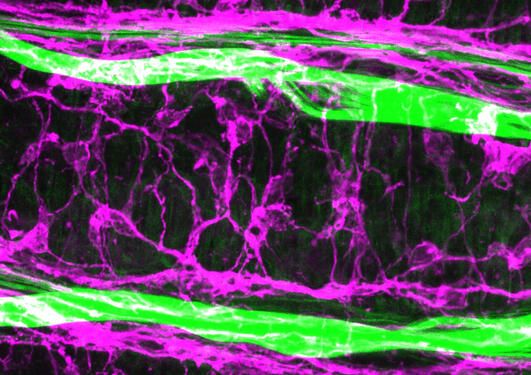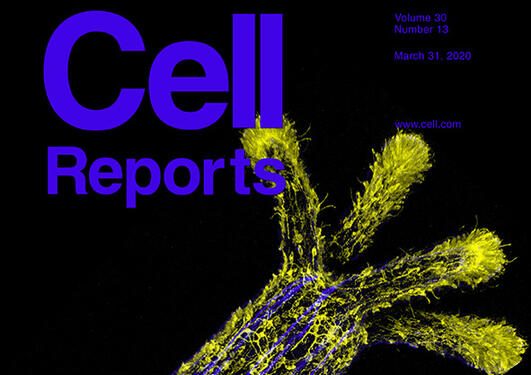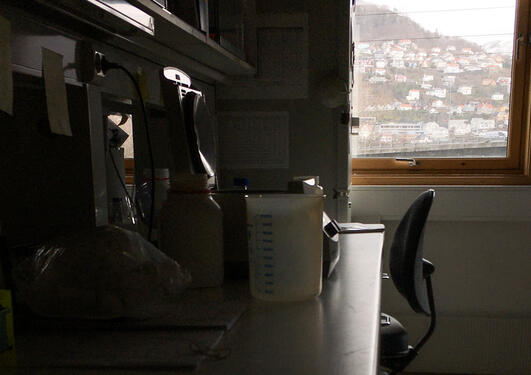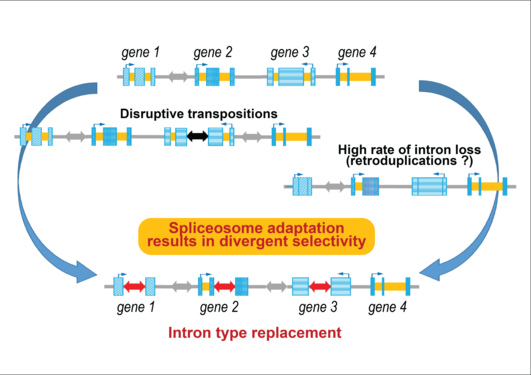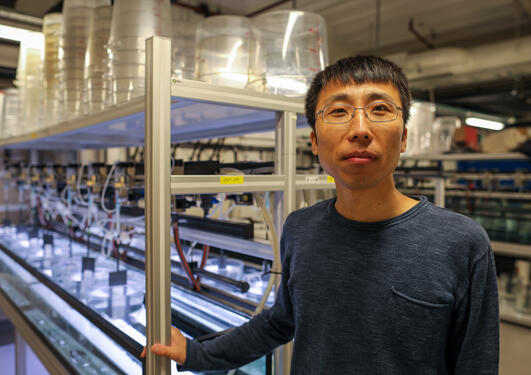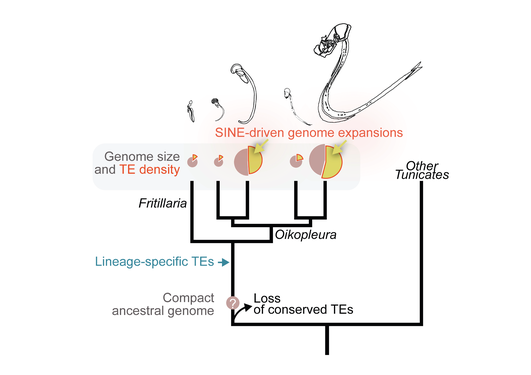News archive for Michael Sars Centre
Pawel Burkhardt is awarded with an ERC Consolidator Grant for his exciting project ORIGINEURO
The role of proteins affecting development via chromatin changes is poorly known outside bilaterian animals. Knocking out the Lsd1 gene in Nematostella shows its master role in the differentiation of cnidocytes, cells related to neurons that neutralize enemies by shooting a poisonous harpoon.
Comb jellies (ctenophores), one of the earliest-branching animal lineages, provide new insights into the evolutionary history of synapses and neurons. Ctenophores are fascinating marine organisms famous for locomotion by cilia and for their apparently simple nerve net. However, the molecular composition of ctenophore neurons was unknown, and it has been hypothesized that ctenophore neurons... Read more
An adaptable and user-friendly platform for 2D and 3D calcium imaging data analysis reveals the basic organization of neuronal dynamics in a simple chordate brain.
Choanoflagellates, protists closely related to animals, provide new insights into the evolutionary history of neurosecretory vesicles.
Read more about Lionel Christiaen who will lead the Sars Centre from January 2021
Pioneer neurons provide new insights into the early nervous system
development in annelids
Phylogenetic analysis sheds light on the evolutionary history of Polycomb mediated transcriptional repression in animals
After a long lasting lockdown following the Covid-19 outbreak, many of us are now back full time in the labs of the Sars Centre and we resume our experimental work with well refreshed ideas. This is possible due to the continuous care ensured by dedicated technical staff and a few scientists for our biological material, including our favorite marine organisms!
A new method by the Valen lab reveals modes and regulation of translation initiation
Gene expression profiling and CRISPR mutagenesis in Nematostella vectensis reveal the role of POU4 in the terminal differentiation of various neural cell types
The Sars Centre shut down its experimental activity March 13, due to the threat by the coronavirus (COVID-19). With this action we will contribute to slow down the spread of the virus, maintain safety and health for our employees, and most important to protect the vulnerable in our society.
A Sars study shows an extraordinary case in which >90% introns have unusual and highly variable splice sites. A new splicing code appeared, which required an evolution of the splicing machinery.
Duplication of a key mitotic regulator in Oikopleura with further division of tasks: a recurrent theme that makes sense
How do cells in the early embryo coordinate their development to create the different tissues of the body? We have found that rapid changes in calcium levels travel from cell to cell in a choreographed wave, and that disrupting this wave leads to abnormal development.
The tunicate larvacean Oikopleura dioica, a flagship of Sars Centre science, is well known for having a remarkably small and compact genome. However, sequencing of related species has revealed immense variations in genome size among larvaceans, up to 12X. Research at the Sars Centre and at the Institut de Genomique Fonctionnelle de Lyon, published in Current Biology (Naville, Henriet et al.), now... Read more
Pages
- 2025
- 2024
- 2023
- 2022
- 2021
- 2020
- 2019
- 2018
- 2017

